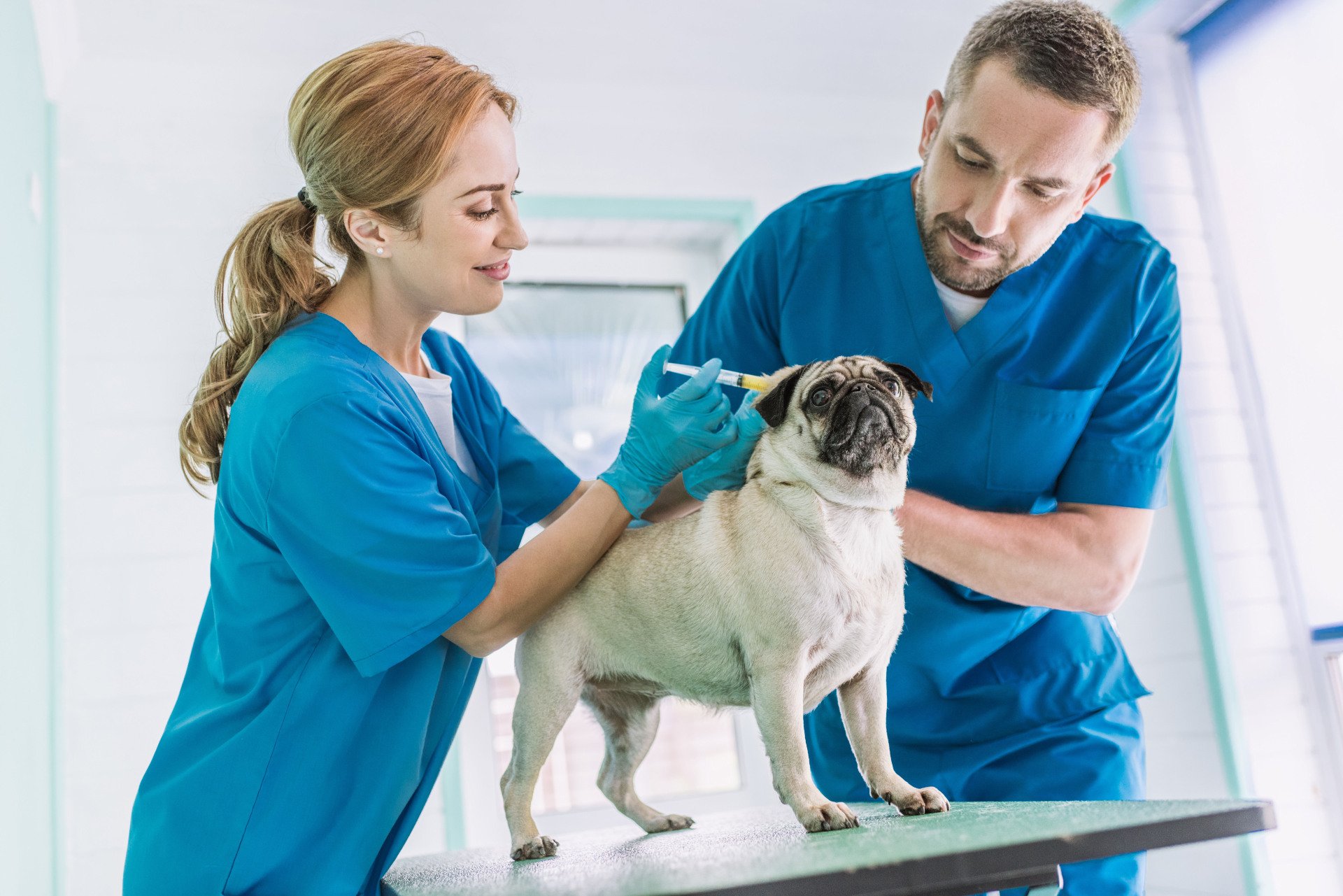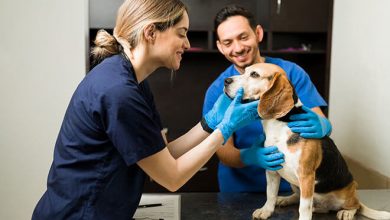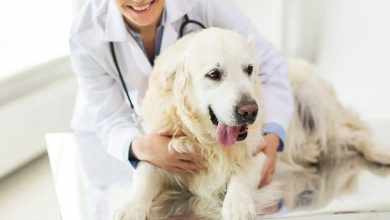How Veterinary Hospitals Help With Pet Rehabilitation And Recovery

When your pet is on the road to recovery, you need expert guidance. Veterinary hospitals play a crucial role in pet rehabilitation. They offer structured programs to help pets regain strength and mobility. Visiting a veterinarian in Gainesville ensures your pet gets professional care. These experts know how to handle each unique situation. They work closely with you to create a recovery plan that suits your pet’s needs. This partnership between you and the veterinary team helps your pet heal faster. You will find a caring staff ready to support your pet’s journey back to health. They use proven techniques to manage pain and promote healing. They focus on exercises and treatments that fit your pet’s condition. You’ll feel reassured knowing that your pet receives care from those with both expertise and compassion. You can trust that these professionals prioritize your pet’s well-being every step of the way.
Understanding the Rehabilitation Process
The rehabilitation process begins with a thorough assessment. The veterinary team evaluates your pet’s condition. They identify areas that need attention. This evaluation helps in designing an effective plan. Physical therapy often plays a key role. Exercises focus on improving mobility. Strength-building activities help restore muscle function. Hydrotherapy can be an option for reducing stress on joints while promoting movement.
Benefits of Veterinary Supervised Recovery
Professional supervision ensures that your pet receives safe and targeted treatment. The veterinarians track progress and make necessary adjustments. This close monitoring prevents complications. It also allows for a faster return to normal activities. Your pet gains confidence as mobility and strength improve. You can see the change in their energy and enthusiasm.
Here is a comparison table that highlights the differences between home recovery and veterinary-supervised rehabilitation:
| Aspect | Home Recovery | Veterinary-Supervised Recovery |
| Monitoring | Limited | Continuous |
| Safety | Variable | High |
| Progress Tracking | Inconsistent | Systematic |
| Outcome | Uncertain | Predictable |
Common Techniques in Pet Rehabilitation
Veterinary hospitals use a variety of techniques. Massage therapy helps in alleviating pain and promoting blood flow. Laser therapy can reduce inflammation and speed up healing. Acupuncture offers a natural way to relieve discomfort. In addition, balance and coordination exercises are crucial. They help in rebuilding your pet’s confidence in movement.
Role of Technology in Veterinary Care
Modern veterinary hospitals often incorporate technology. Advanced imaging helps in diagnosing conditions accurately. Equipment like underwater treadmills aids in low-impact exercises. These tools enhance the efficiency of rehabilitation. The use of technology ensures that your pet receives the best possible care. According to the American Veterinary Medical Association, such interventions make a significant difference in recovery times.
Emotional Support for Pets and Owners
Rehabilitation is not just physical. Emotional support is equally important. Veterinary teams provide a comforting environment. This support helps reduce stress for both you and your pet. You will notice your pet becoming more relaxed and cooperative. Your involvement in the recovery process strengthens the bond you share. Knowing that professionals are backing you up provides peace of mind.
Conclusion
Choosing veterinary-supervised rehabilitation offers many advantages. It provides a safe and structured environment. Your pet benefits from expert care and advanced techniques. You receive guidance and support throughout the process. These factors contribute to a quicker and more successful recovery. Trust in the expertise and compassion of your veterinary team. They are committed to helping your pet return to a happy, healthy life.



